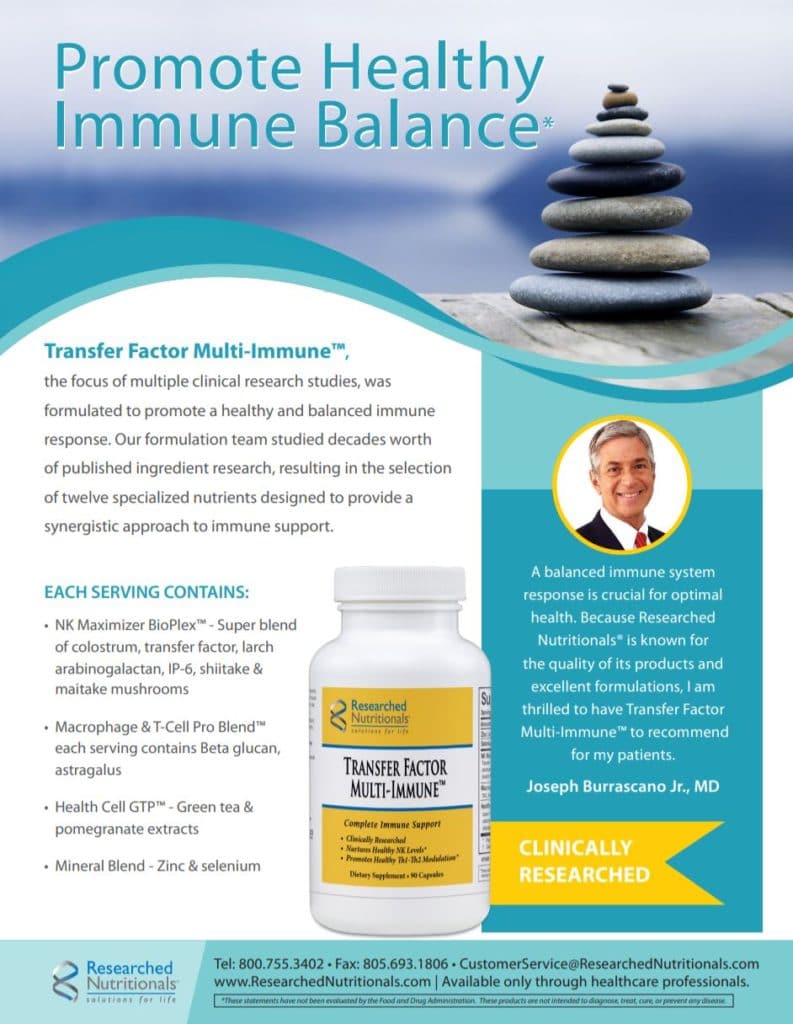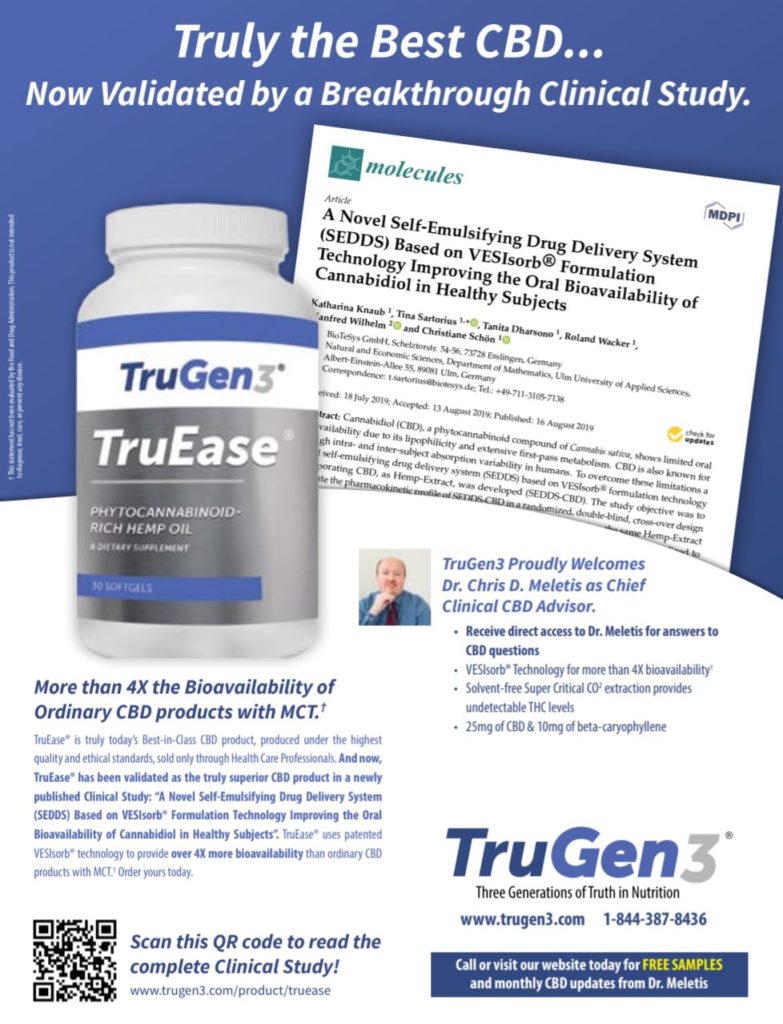…article continued:
GG, Statins, and Bisphosphonates
GG can mitigate some of the side effects of statins and bisphosphonates, caused by the downregulation of synthesis of CoQ10 and other physiologically important metabolites. Some of the side effects of statins manifest as muscle pain/dysfunction, increased inflammation, cognitive problems, and liver toxicity.70-74 Statin medication treatment lowers plasma and intracellular levels of CoQ10 and GG, leading to changes in mitochondrial functions, morphology and density and a lower rate of oxygen consumption.75,76
Supplementation with ubiquinol or ubiquinone was shown to mitigate the decline in plasma CoQ10 in statin-treated individuals but was not able to completely mitigate other adverse effects, particularly myopathy.75-77 Metabolites reduced by statins or bisphosphonates are highlighted in red font in Figure 2. This illustrates why ubiquinol or ubiquinone supplementation cannot mitigate all side effects caused by these medications, as they reduce GG synthesis. Thus, only GG supplementation may replenish metabolites on pathways parallel with CoQ10 and cholesterol synthesis, all of which are essential in cell physiology.
For example, four weeks of statin treatment resulted in a drop in plasma CoQ10 from 773 mmol/L to 539 mmol/L.76 Subsequent supplementation with 300 mg/day ubiquinol for four weeks, while continuing the statin, raised plasma CoQ10 higher than baseline at 2,305 mmol/L.76 However, the mitochondrial dysfunction caused by the statin was only partially reversed by the ubiquinol treatment. This highlights the need for additional interventions, for which GG is a good candidate, as it was shown to mitigate mitochondrial damage in a cell model of mevalonate deficiency.55 Furthermore, GG participates in a pathway parallel to those of CoQ10 and cholesterol synthesis. Another in-vitro study with human monocytes and hepatocytes showed that GG reversed mevastatin-induced reductions in a) ubiquinone synthesis, b) mitochondrial electron transport, and c) mitochondrial respiration without impeding the drug’s cholesterol-lowering property, in a manner more effective than CoQ10 supplementation.24
CoQ10 and Aging
CoQ10 and GG supplementation mitigate central drivers of the aging process.GG supplementation complements CoQ10 due to its ability to easily penetrate cells, mitochondria and other organelles. GG increases ubiquinone synthesis, which results in higher levels of intracellular CoQ10 (both forms) and other essential cell signaling mediators. A boost in intracellular CoQ10 mitigates the aging processes due to the following: 1) Antioxidant protection of cellular proteins, lipids and nuclear/mitochondrial DNA, which may reduce risk of DNA mutations; 2) Improvement of mitochondrial function, which may increase physical and mental performance at any age; 3) Support of DNA repair; 4) Ability to decelerate senescence related processes; and 5) Support of immunity.
Since CoQ10 tissue levels decline significantly by middle age, well before any clinical signs of disease or impaired function could be observed, a dose of 100-300 mg CoQ10 and 60-150 mg GG should be adequate to support healthy aging, while more may be needed in cases of genetic polymorphisms and various chronic conditions. The supplementation with CoQ10 and GG early in the adult life is especially critical to reduce/delay DNA damage that cannot be reversed.
Conclusions
CoQ10 is one of the most recognized and utilized nutritional supplements in use today and is widely recommended by health care providers for a diverse range of issues, but predominantly for fatigue, brain, and cardiovascular health. It is also commonly utilized in an attempt to counter the side effects of cholesterol-lowering statin and osteoporosis drugs. The predominant form of CoQ10 available is ubiquinone. The preferred reduced form, ubiquinol, has been available for several years as a nutritional supplement. Due to some potential difficulties in the efficient reduction of ubiquinone to ubiquinol in some individuals, more commonly in the elderly, this form is now preferred by many, and is generally substantially more expensive than ubiquinone. While the biochemistry of CoQ10, and its central role in energy metabolism, would suggest that it would be a highly effective therapy for those with fatigue and mitochondrial downregulation, it does not always produce the expected and desired clinical results. This is likely due to a multitude of reasons, including CoQ10’s large molecular weight, poor absorbability in the GI tract, and its inefficient transfer from blood to tissues, organs, and then cellular organelles, especially mitochondria.
Geranylgeraniol (GG) is an endogenous precursor/building block in the synthesis of ubiquinone and other essential cell signaling molecules, and newly available as an ingredient in nutritional supplements. With a molecular weight one-third that of CoQ10’s, and its lipophilic structure, GG offers a unique adjunct to overcome the inherent limitations of oral CoQ10 supplementation. GG is also a precursor to the synthesis of many other critical cell signaling molecules, which may be the missing elements in achieving the desired clinical outcomes in many oral CoQ10 therapeutic interventions. The use of oral GG, combined with reduced CoQ10 (ubiquinol), offers a unique and cost-effective 1-2 punch in the enhancement of cellular CoQ10 levels through both exogenous and endogenous pathways. It is hoped that this will greatly improve the nutritional support of a wide range of issues, including fatigue, mitochondrial disorders, cardiac disorders, cognition and brain health, and age-related changes, among others.
A scientifically designed product of an in-situ ubiquinol in the presence of GG is a functional solution to the inherent challenges of CoQ10 supplementation. This combination of ubiquinol and GG is commercially available in a stable and highly bioavailable nutritional ingredient under the patent-pending of DuoQuinolTM from American River Nutrition (Hadley, MA, USA).
Cristiana Paul, MS, holds a Master’s in Nutrition Science from Cal Poly Pomona, California, and has extensive experience in clinical practice and reviewing nutrition research. Cristiana is the author of peer-reviewed papers on topics such as the roles of inositol forms in insulin resistance/PCOS, new view of collagen protein in human nutrition, nutritional approaches to managing inflammation, and metabolism of B12 forms in the setting of various genetic polymorphisms. She wrote chapters on omega-3s and vitamins K forms, in the 2012 and 2020 editions of Textbook of Natural Medicine (edited by Joseph Pizzorno & Michael Murray). She has been a scientific consultant for Designs for Health for the past 20 years.
David M. Brady, ND, DC, CCN, DACBN, IFMCP, FACN, has 30 years of experience as an integrative practitioner and over 25 years in health sciences academia. He is a licensed naturopathic medical physician in Connecticut and Vermont, is board certified in functional medicine and clinical nutrition, a fellow of the American College of Nutrition, and completed his initial clinical training as a doctor of chiropractic. Dr. Brady has been the chief medical officer of Designs for Health, Inc. for 17 years. He is also a founder of Diagnostic Solutions Labs and serves as the chief medical officer for the lab. He was the long-time vice president for health sciences and director of the Human Nutrition Institute and continues to serve as an associate professor of clinical sciences at the University of Bridgeport in Connecticut. He has appeared on the plenary speaking panel of some of the largest and most prestigious conferences in the field, including IFM, ACAM, A4M, ACN, IHS, AANP, AIHM and many more. He is in clinical practice at Whole Body Medicine in Fairfield, Connecticut, specializing in functional, nutritional, and metabolic medicine.
Dr. Barrie Tan is hailed as a trailblazer and the world’s foremost expert on vitamin E, credited with discovering tocotrienol in three major natural sources: palm, rice, and annatto. A scientist first and foremost, Dr. Tan earned his PhD in chemistry/biochemistry from the University of Otago, New Zealand, and spent several years as a professor at the University of Massachusetts. Today, his research focuses on lipid-soluble nutrients that reduce and slow chronic conditions.
1Independent Nutrition Research Consultant, Scientific Consultant for Designs for Health, Inc., Palm Coast, FL (USA)
2Chief Medical Officer, Designs for Health, Inc., Palm Coast, FL (USA) & Diagnostic Solutions Laboratory, LLC, Alpharetta, GA (USA), Assoc. Professor, Univ. of Bridgeport, Bridgeport, CT (USA), Private Practice: Whole Body Medicine, Fairfield, CT (USA).
3Founder, American River Nutrition, Hadley, MA (USA), Chief Science Officer, Designs for Health, Inc., Palm Coast, FL (USA).





